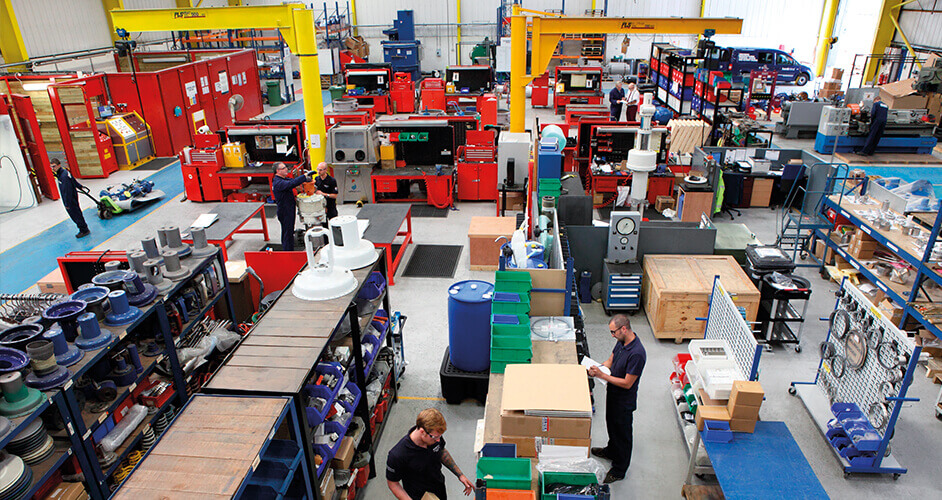Valve Servicing Procedure – What exactly is involved?

Extending the life of valves and other assets has rarely been more important in the Oil & Gas industry than it is right now. The difficult market conditions of recent years have made investment in new assets harder to justify. This has pushed valve maintenance higher up the agenda. So what goes into valve servicing, and what needs to be considered?
Many valves will be routinely serviced as part of a scheduled maintenance programme and others may require valve diagnostics to determine the optimum time to service.
When the valves due for service have been identified and a timeframe established there are several factors to consider in the planning process:
The main considerations for valve servicing:
Where will the work be carried out?
Some valves may have to remain in situ for reasons of cost and practicality and be serviced by a mobile team. Our technical teams can often be mobilised at 24 hours’ notice, if the valves can be removed, our dedicated Aftermarket facility is often a more suitable option.
What planning is involved?
We work with clients in the planning stage to determine the scope and nature of the project. Our teams can support single or multiple valve maintenance projects. They will start by agreeing which valves are to be included in the work scope and collect serial numbers to extract a full history of each valve before the project begins.
Who will be involved?
When working with a valve maintenance specialist, you want to know that they have the right team to complete the project within your tight timescales. We look at many factors to ensure that we assemble the right team for the project, the size and make-up of the team will be influenced by the type and condition of the equipment, the operating conditions, the industry it is being used in and the valve history. We also discuss the skills and knowledge available from the customer’s own staff to assemble a team that has the knowledge and experience to deliver the results.
What exactly will the project entail?
No two applications are the same, and the same can be said of valve maintenance projects. The scope and demands of a project may change as the project progresses. The initial inspection may identify additional work is required, our technical team are very familiar with supporting this variable work scope to ensure that they meet the criteria of the client and the task.
How long will the project take?
Project planning is important to schedule downtime carefully and minimise the risk of delays. In order to ensure valves are returned to service on time, we work with customers to ensure that timescales are realistic at the outset and manage the project carefully to meet deadlines.
What will happen upon completion?
When your valves return to service at the end of the project, you want to be sure that they operate optimally until the next service intervention. At the end of every project we carry out detailed analysis of the service reports for each valve and discuss the findings with the customer. This enables scheduling of the next service intervention and minimises the risk of unplanned downtime.

When valves are sent to us for servicing, the work is carried out at our dedicated aftermarket facility, which includes a range of specialist test rigs and equipment. All valves are fully tested and calibrated before they leave to ensure they are working to specification before they go back into service. You will also receive final quality documentation, and a guarantee against the work undertaken.
This overview should help you understand some of the considerations to help you plan and monitor your valve maintenance projects. No two projects are quite the same, however, the knowledge and experience of our team and the quality of our in-house OEM support mean we are able to meet additional challenges as they arise.
Our facilities enable us to carry out the following tests in-house:
- Gas Testing
- PR2 Testing
- Tensile Load Testing
- Flow Testing
- Emissions Testing
- Fire Testing
Our Aftermarket team can quickly react to additional work identified during the maintenance intervention and keep the project on track. This may include manufacture of fast track trim components and specialised work such as complex weld repairs or in-house Inconel overlays.
The outlook for valve servicing
Unless the current market pressures in the Oil & Gas sector improve quickly, the servicing and maintenance of your valves will only become more important. Along with other services such as diagnostics and training, they will form an important part of your wider asset life extension strategy.
Contact us to discuss your valve maintenance requirements. We can help you better understand your applications and give you recommendations for servicing and maintenance to help keep your valves and equipment performing safely and effectively.






